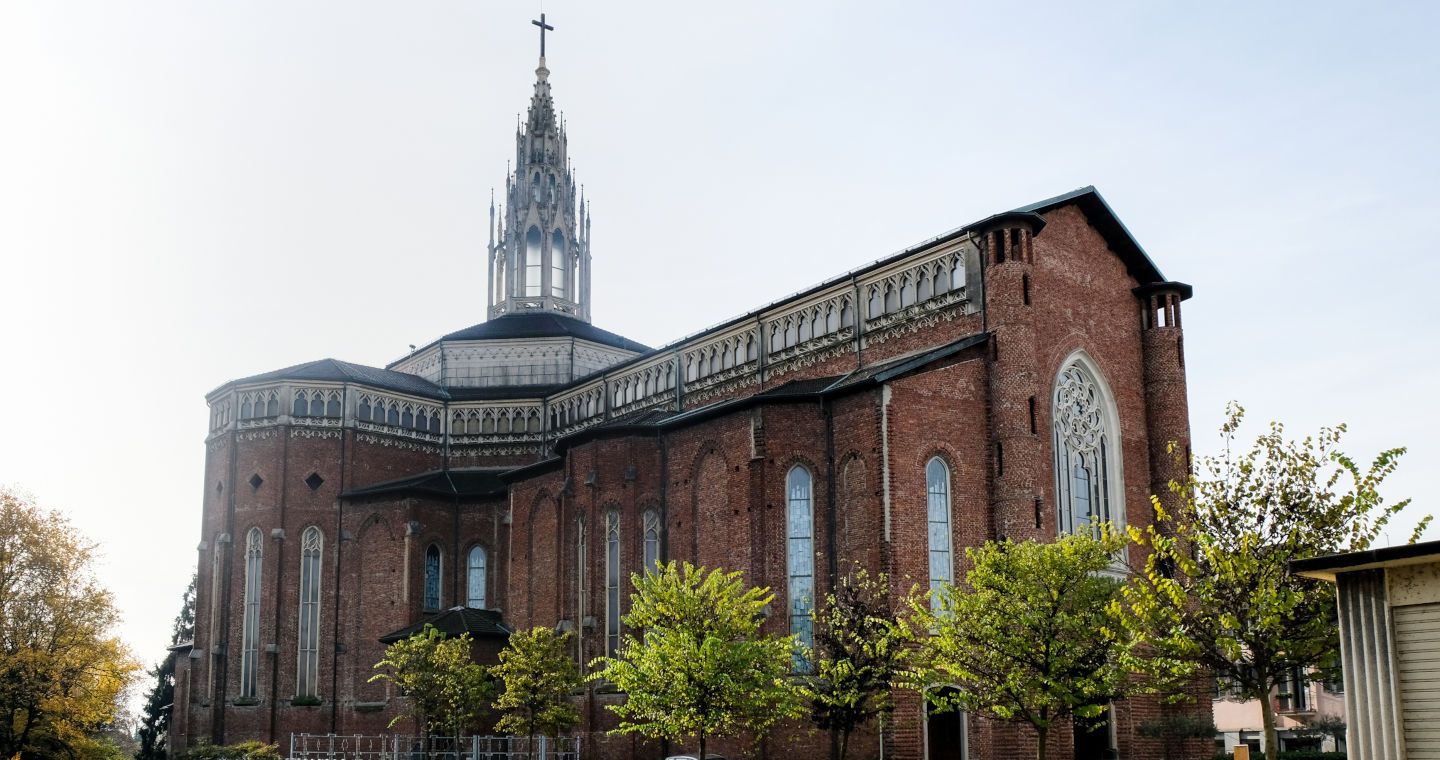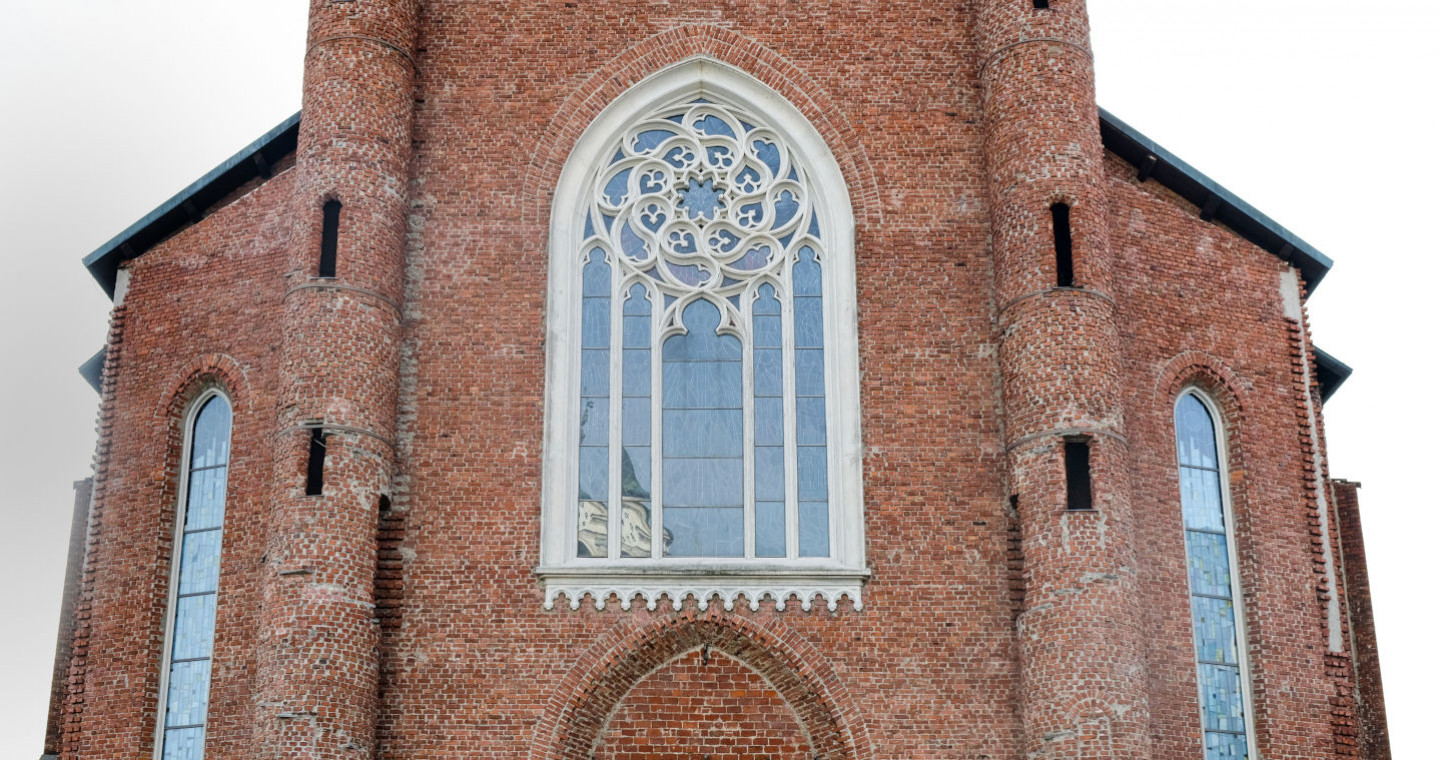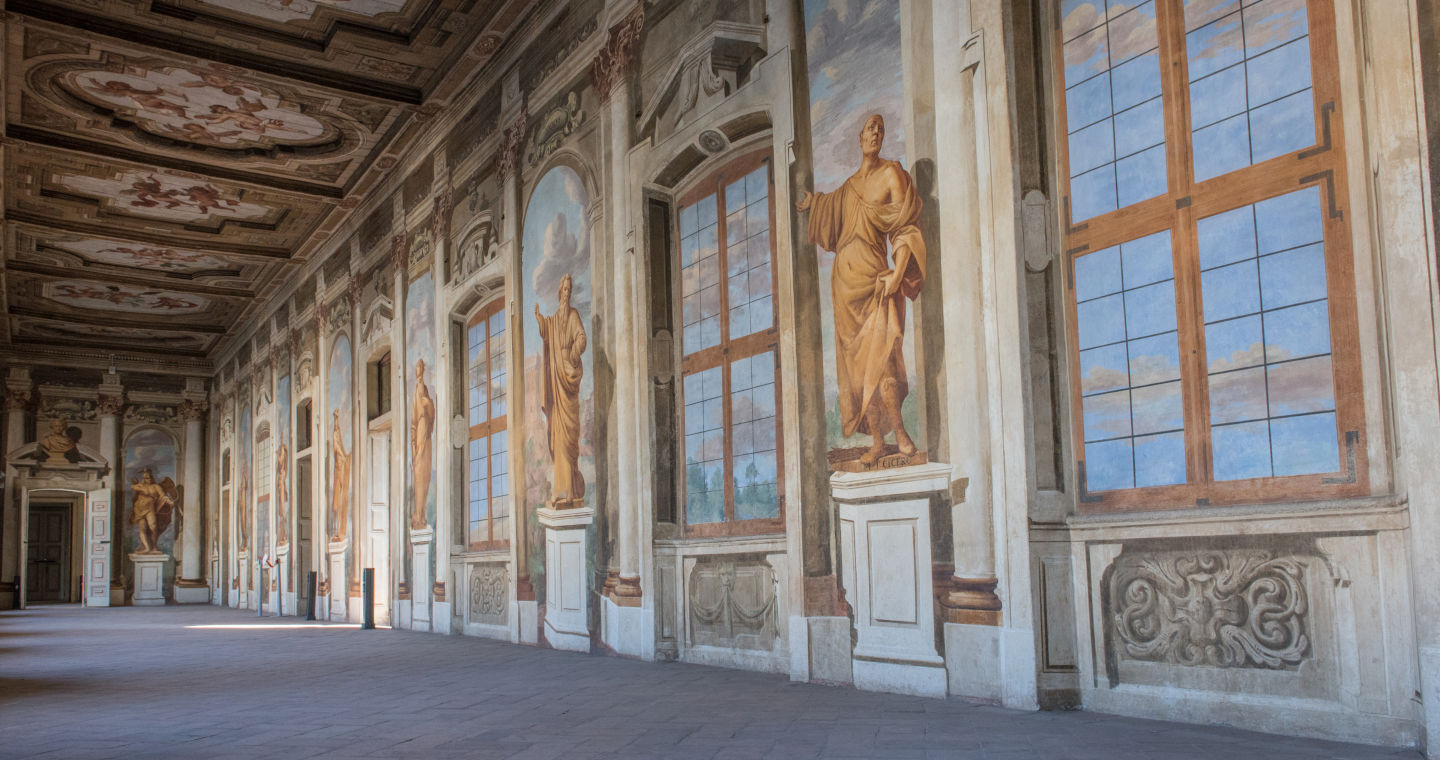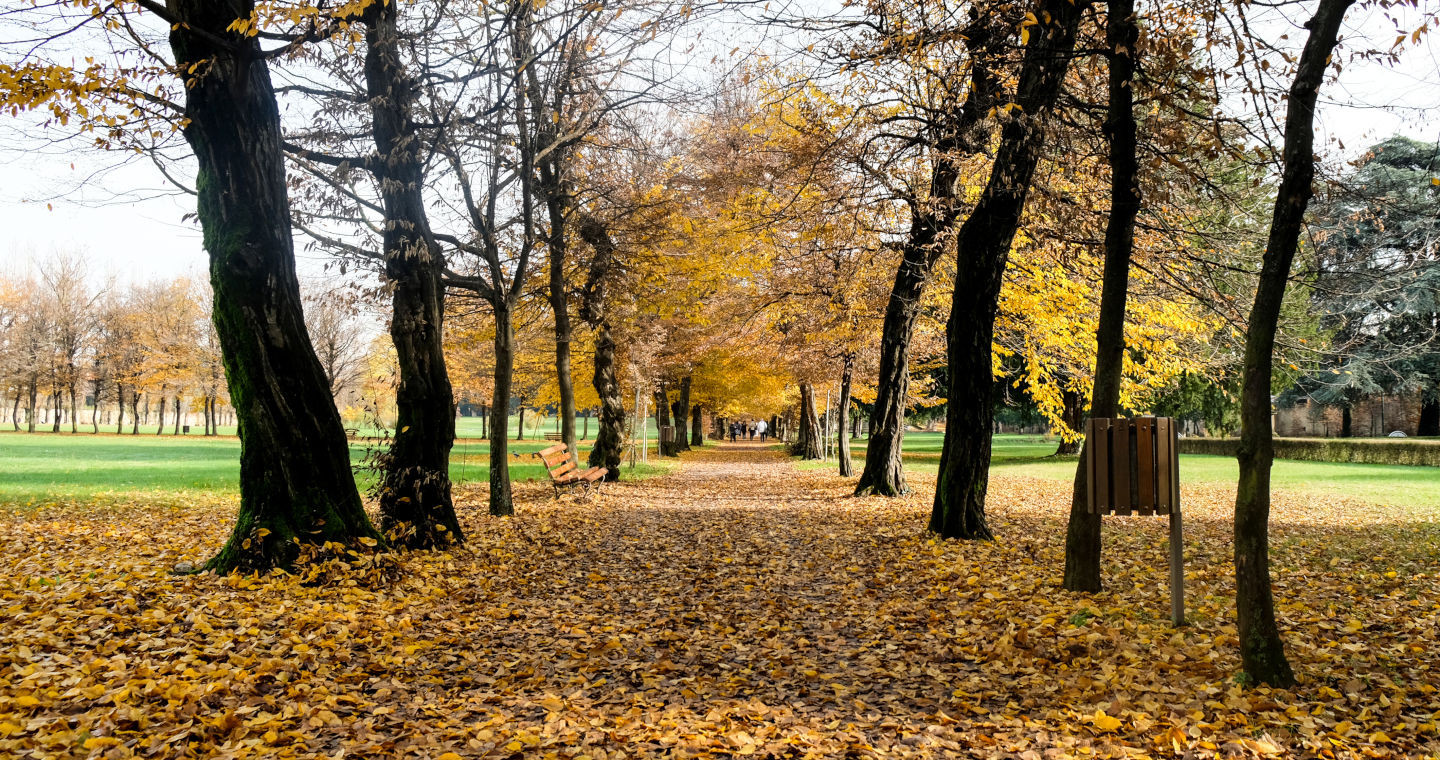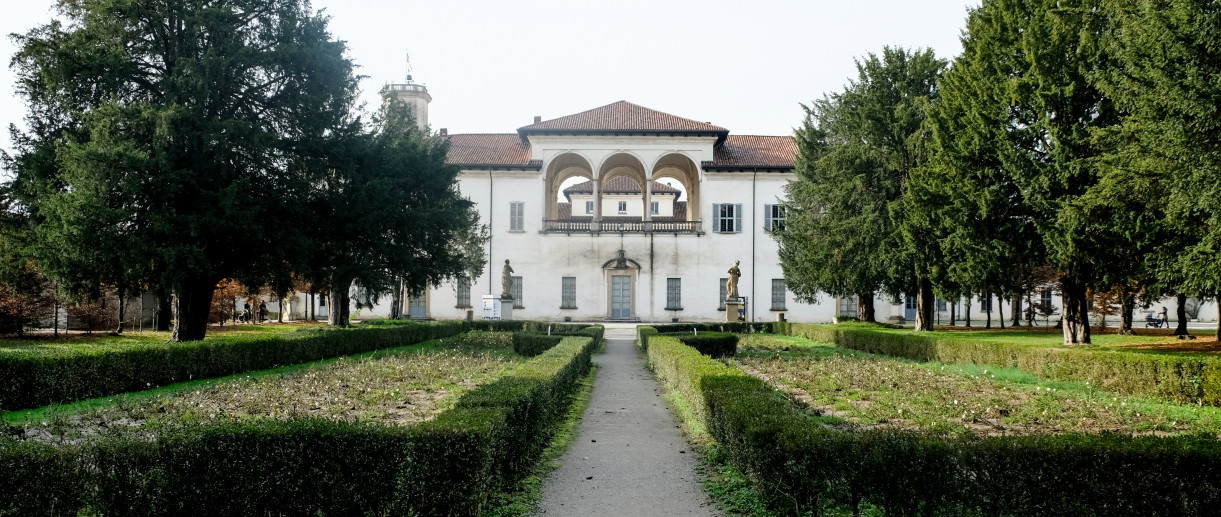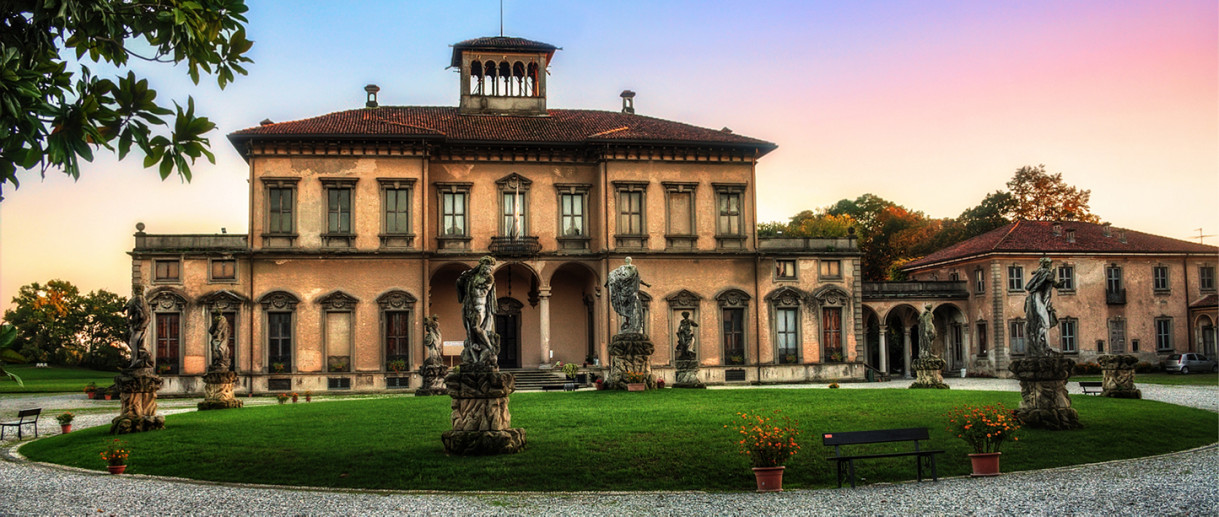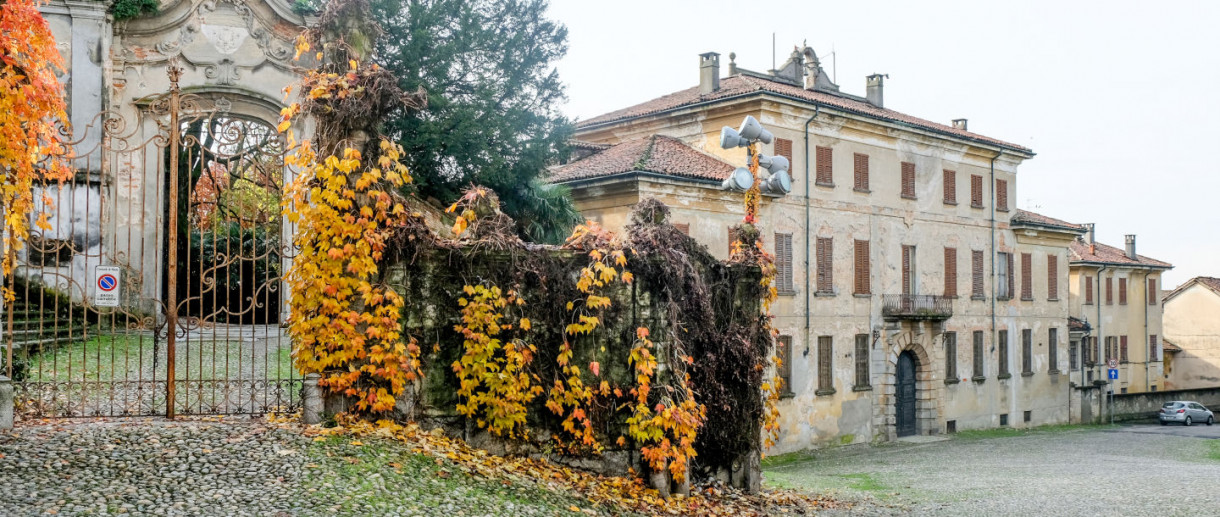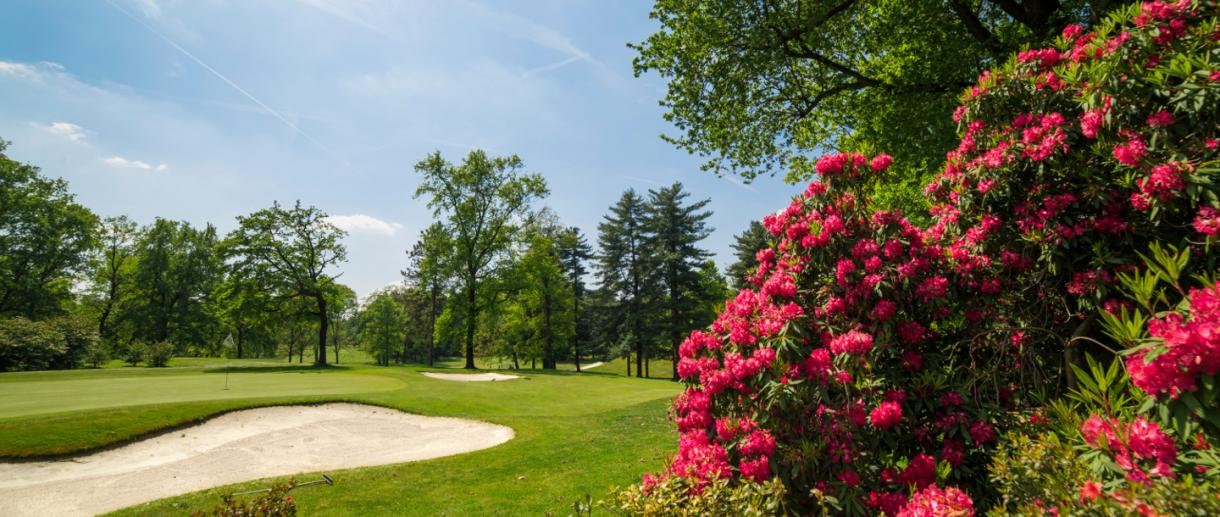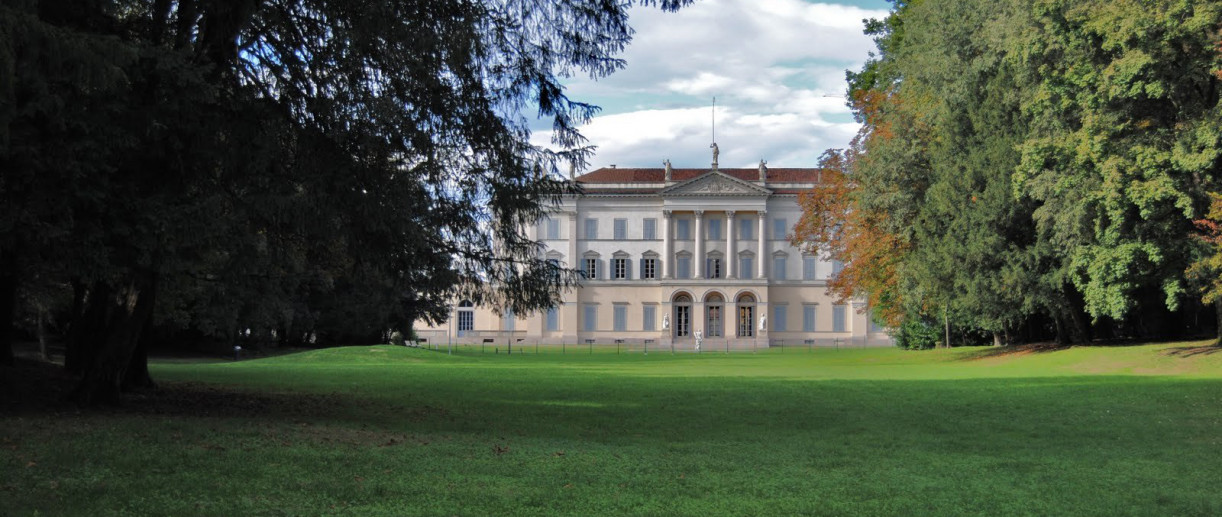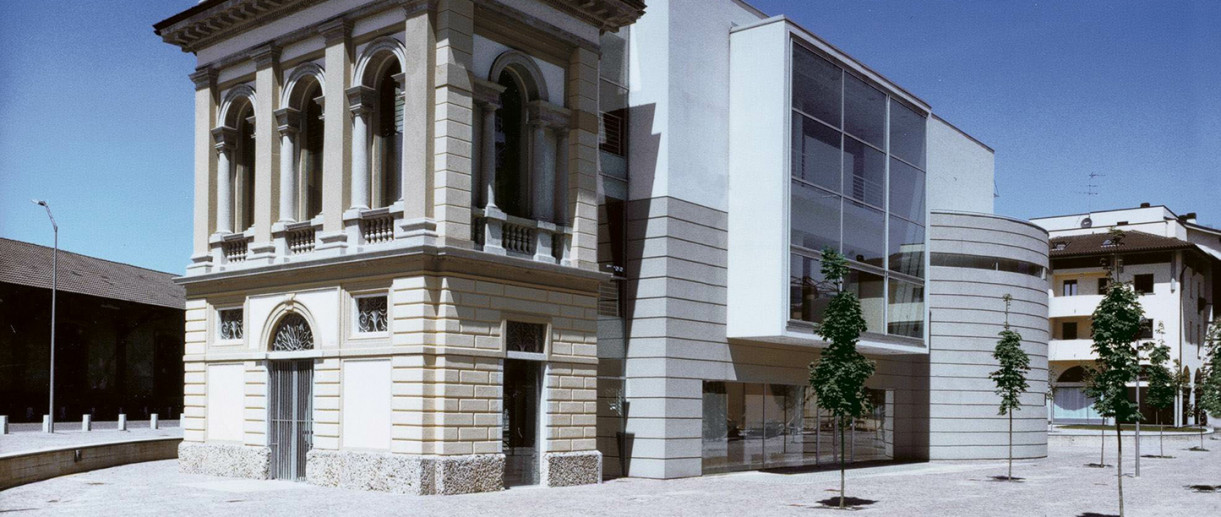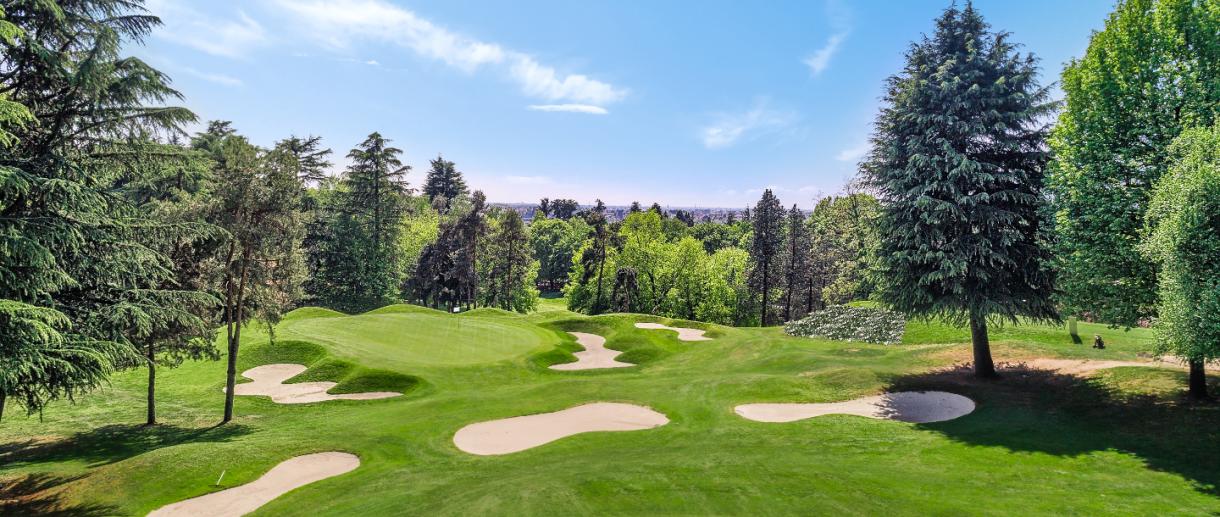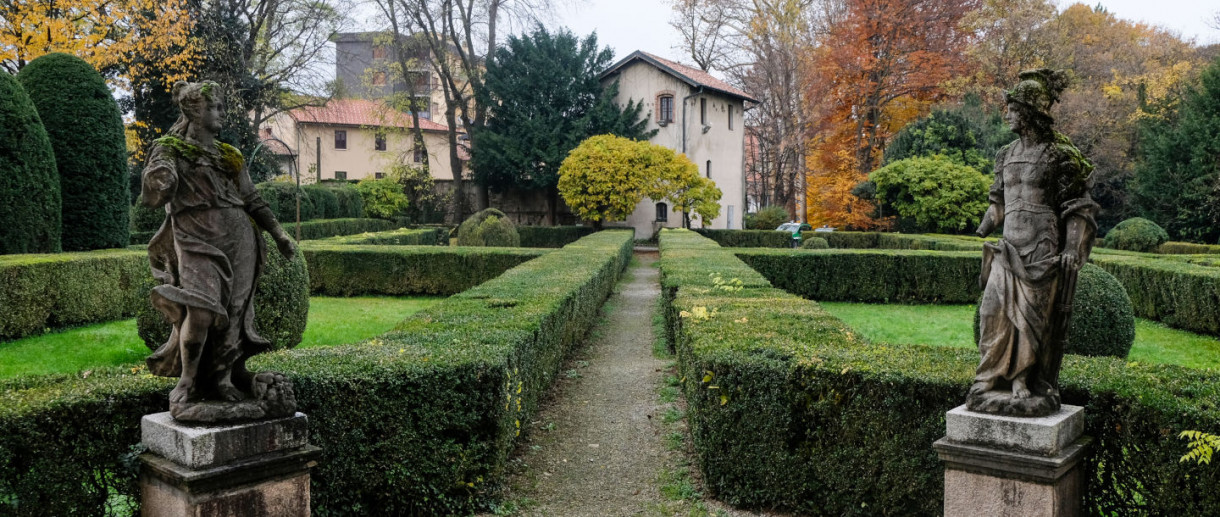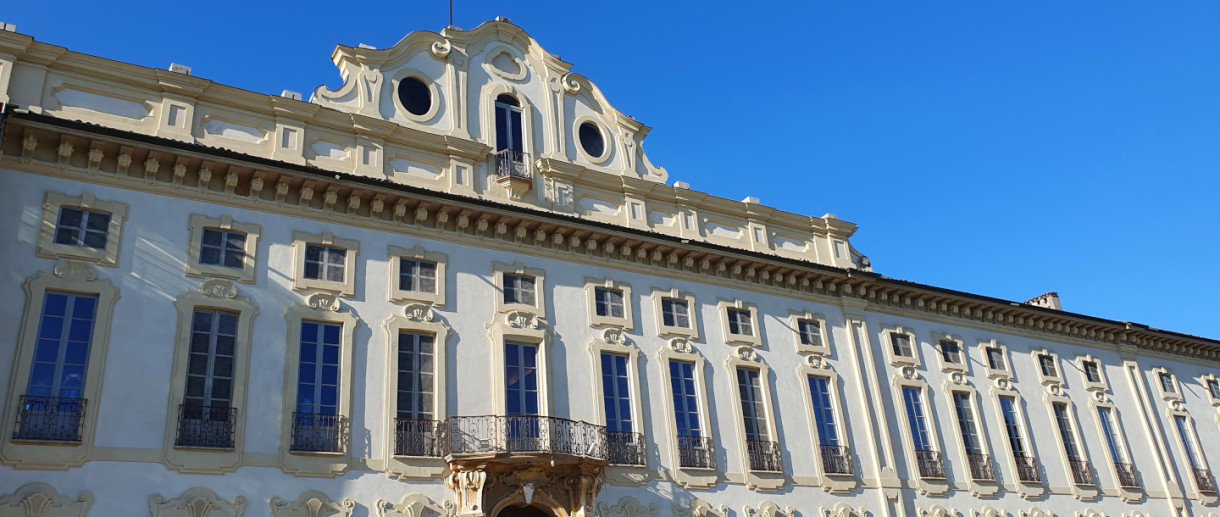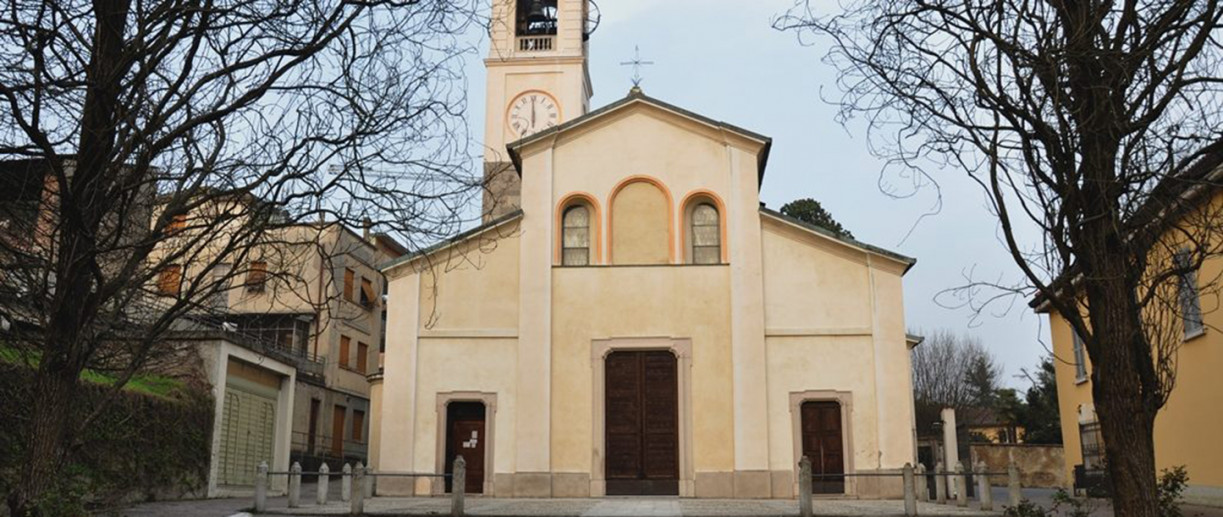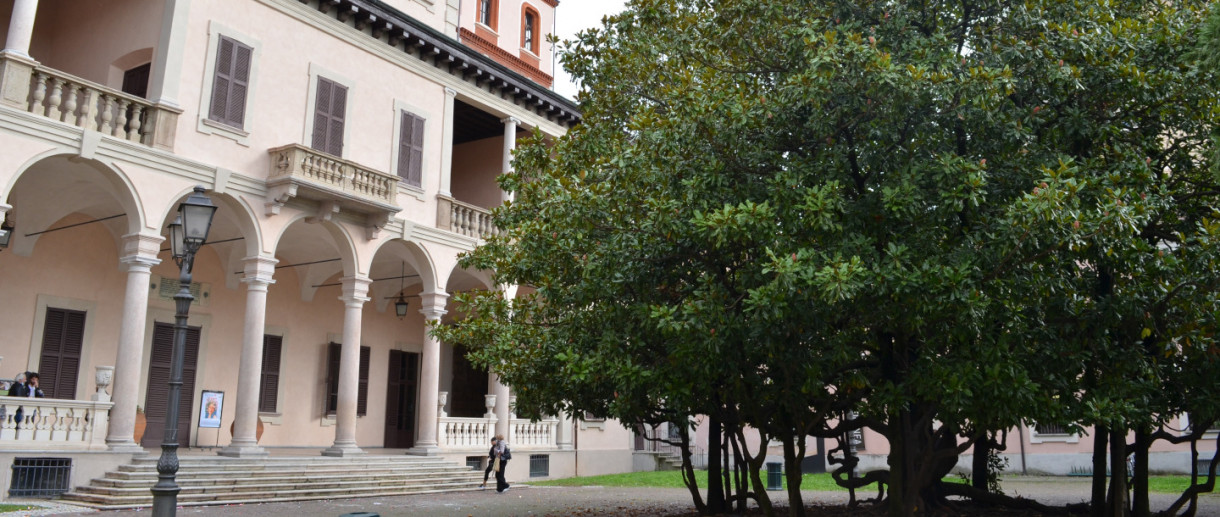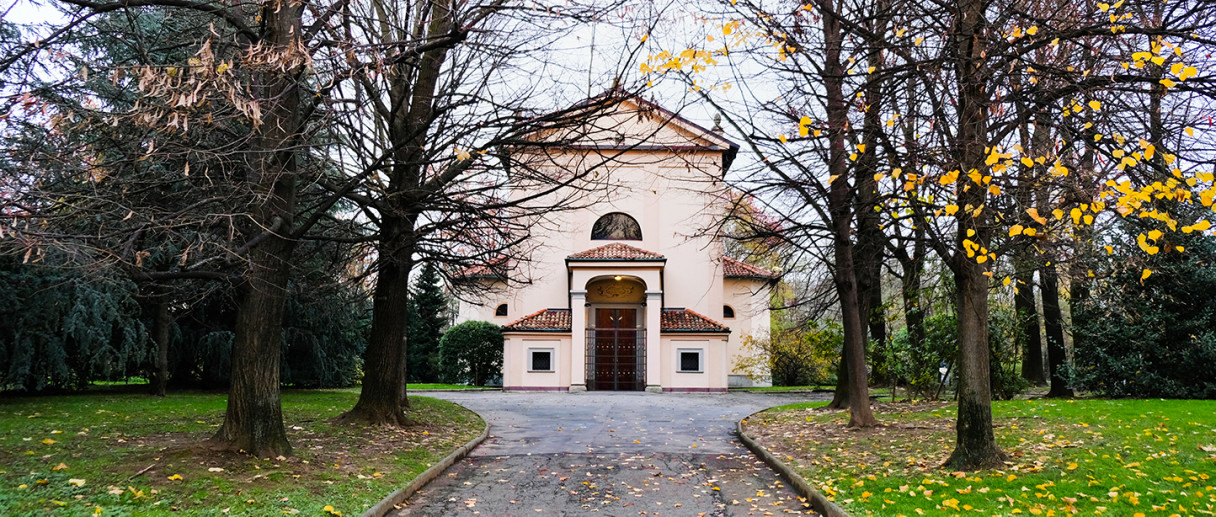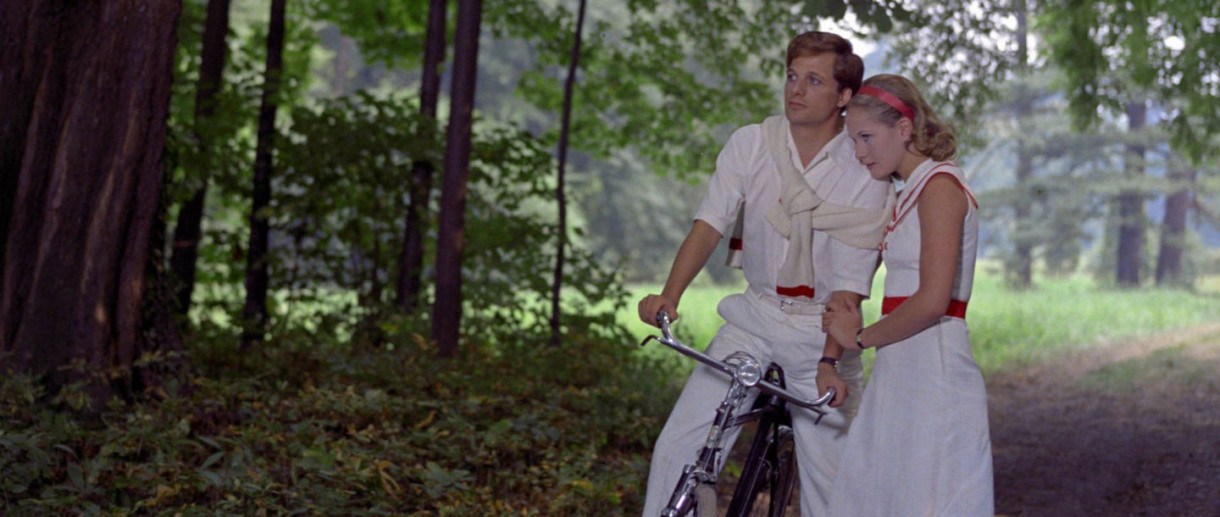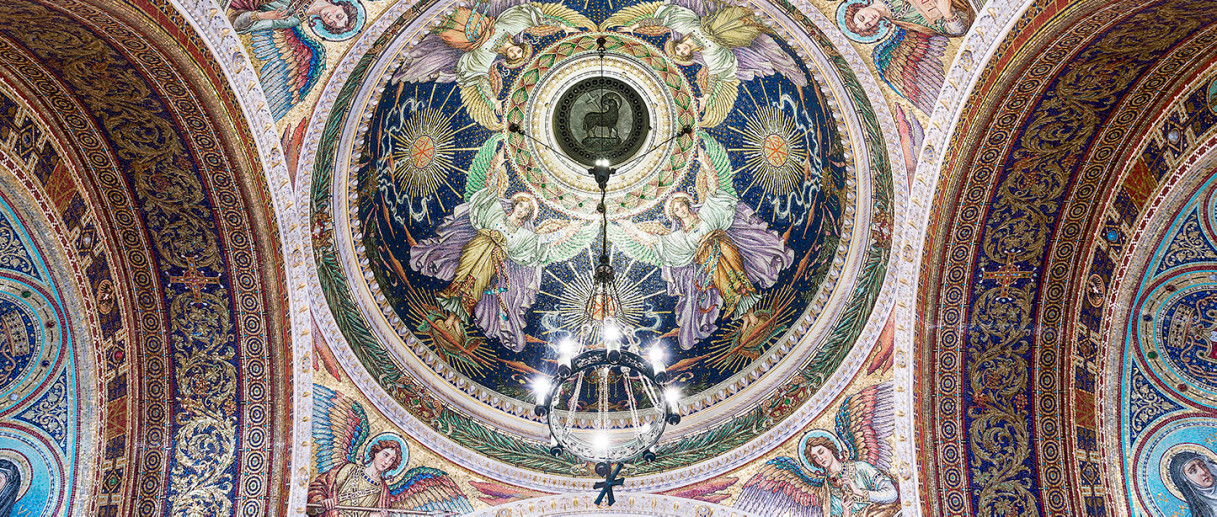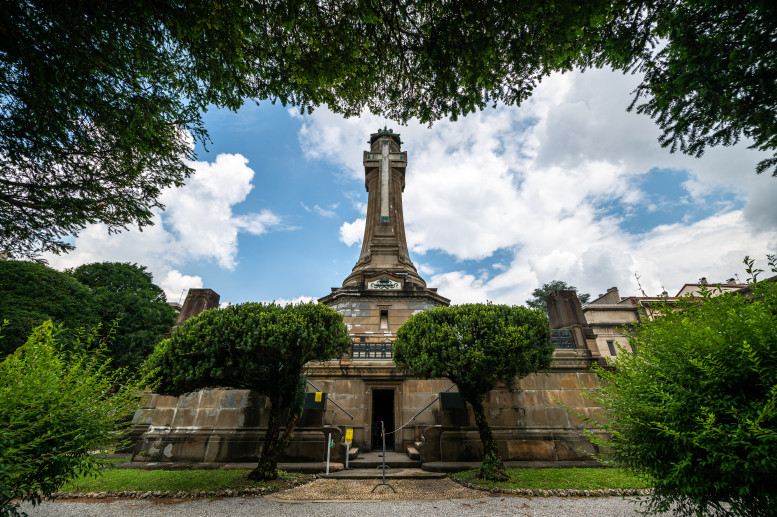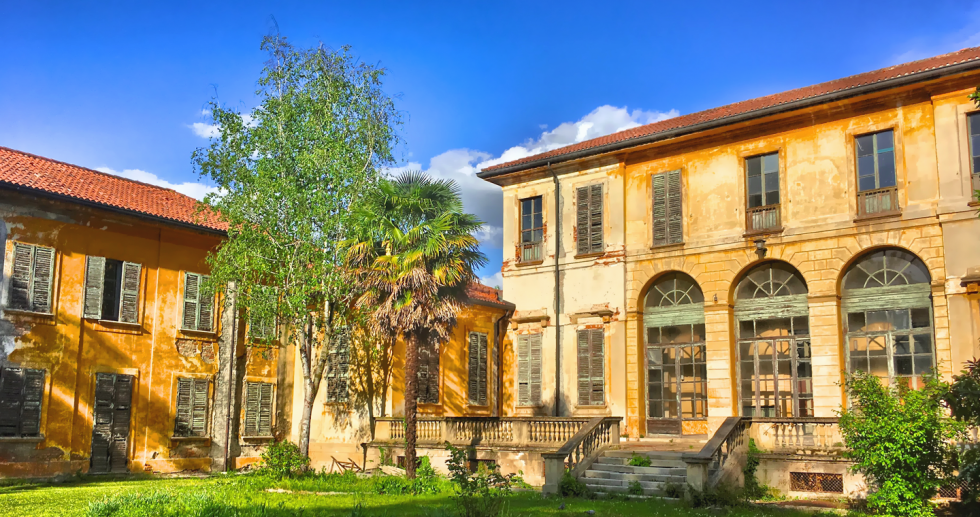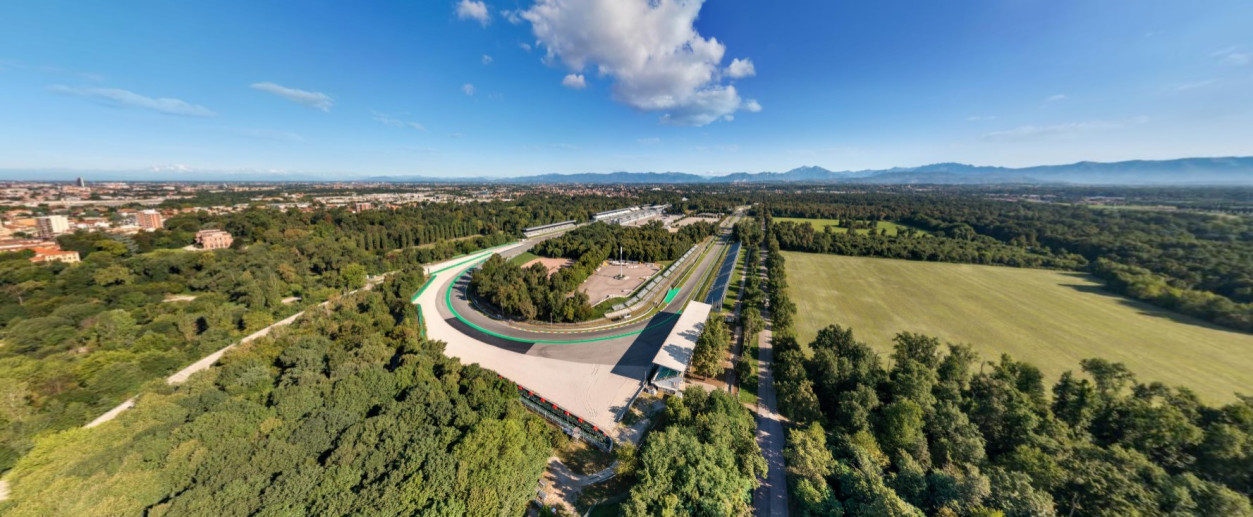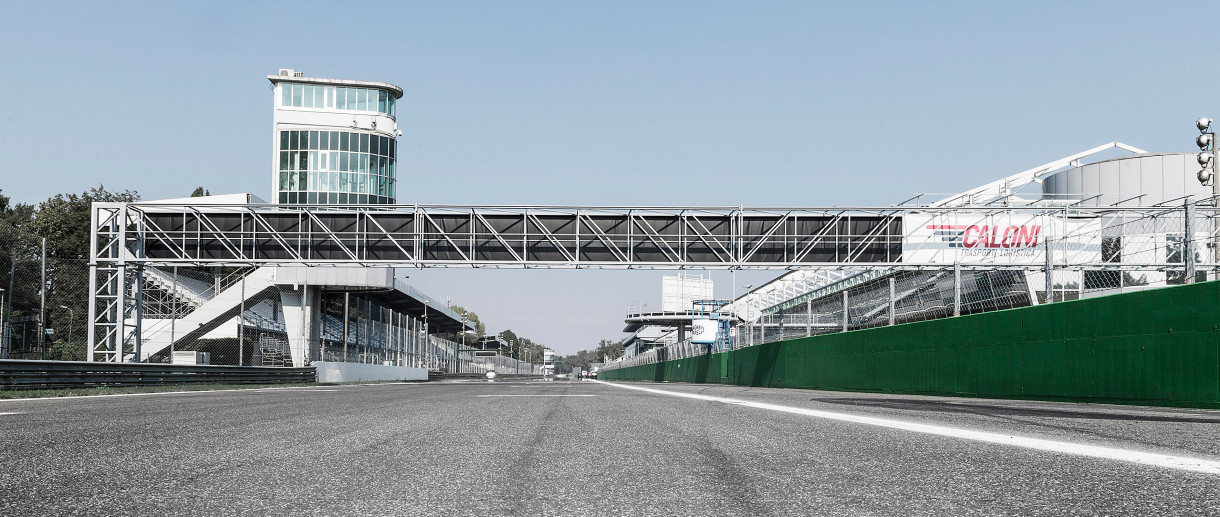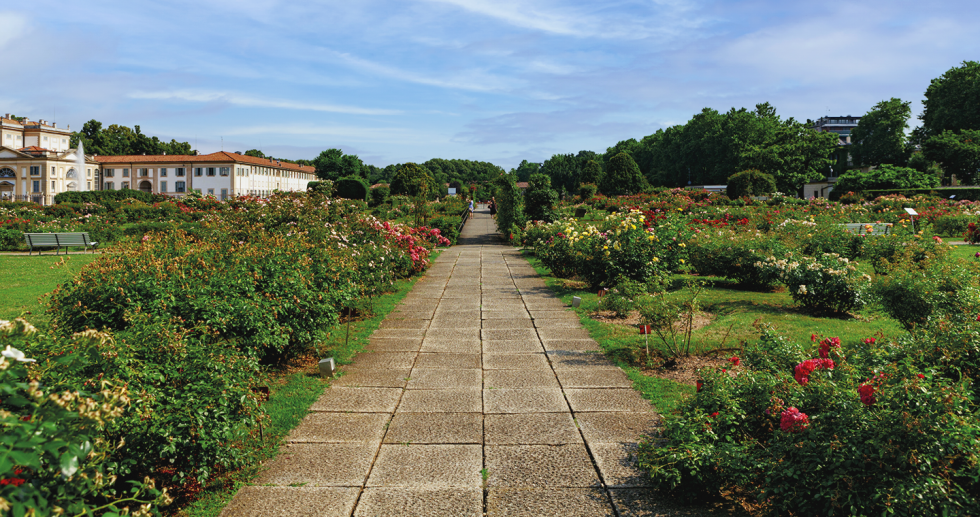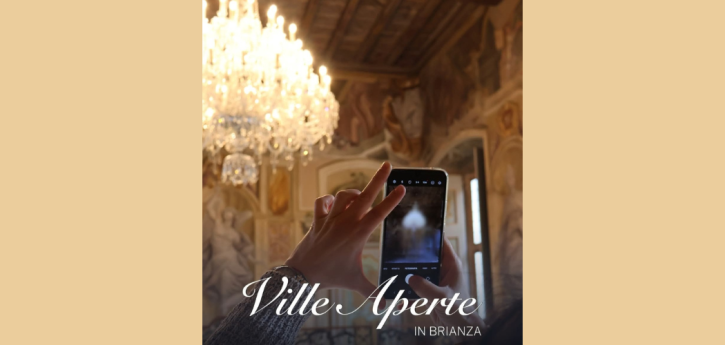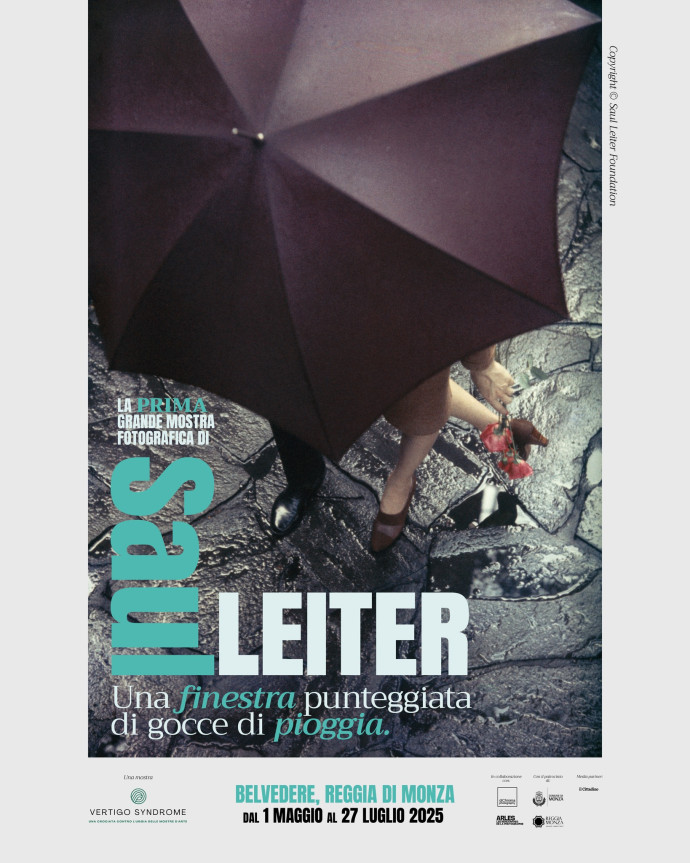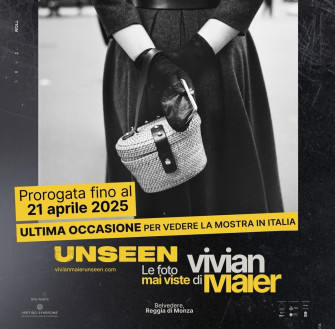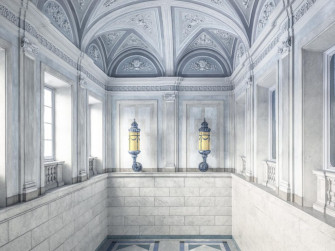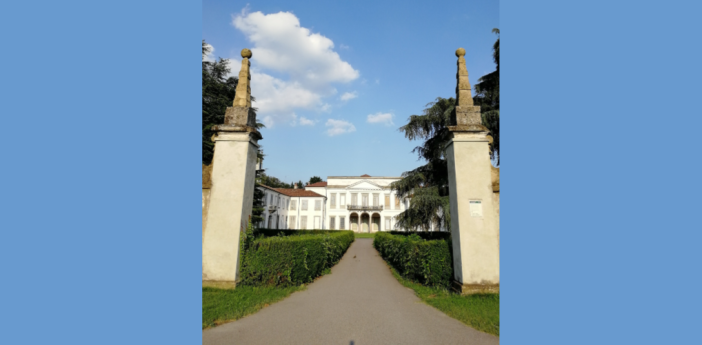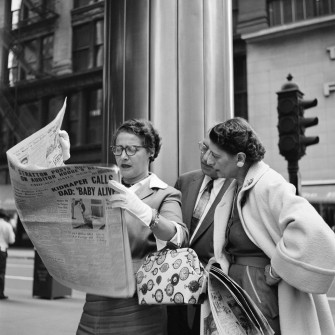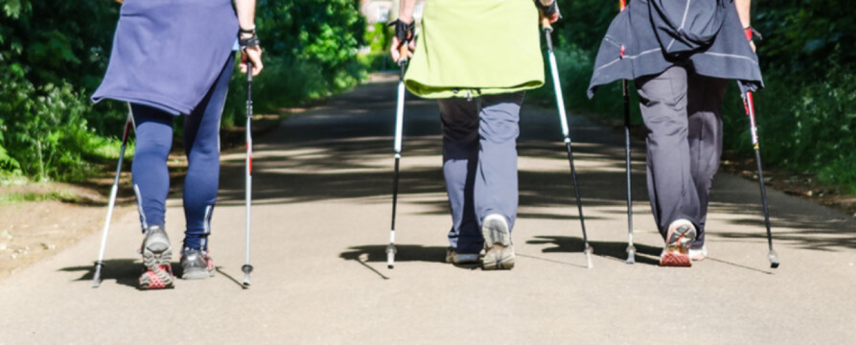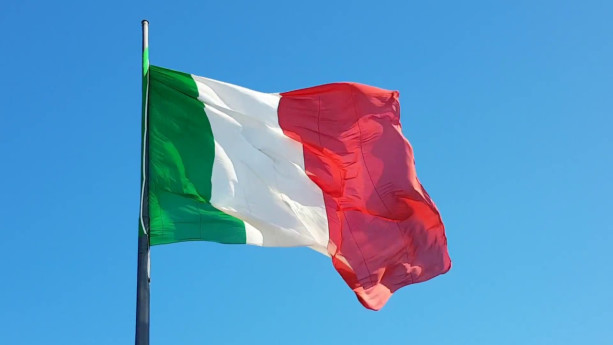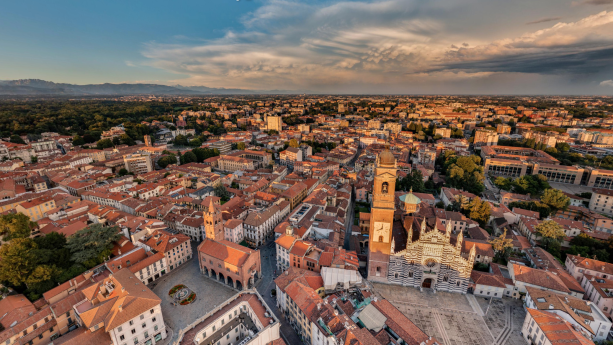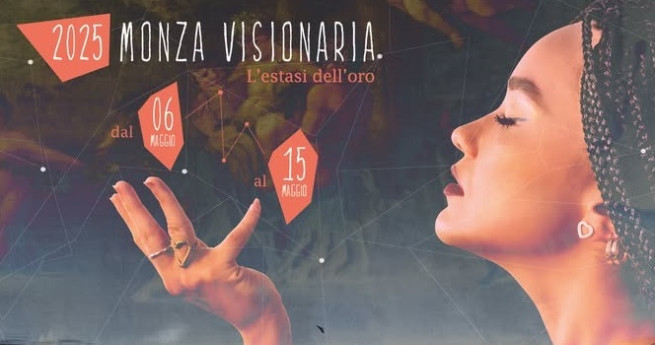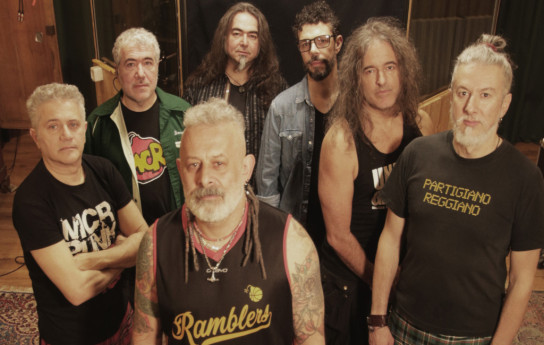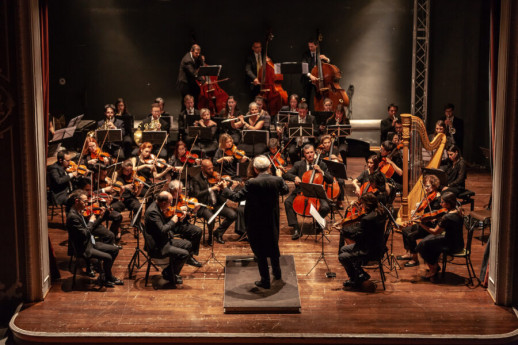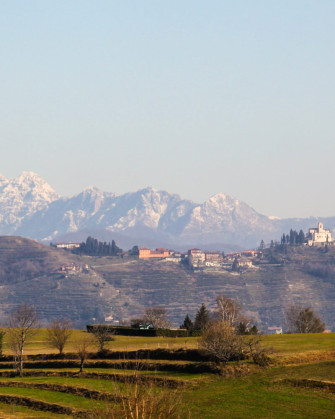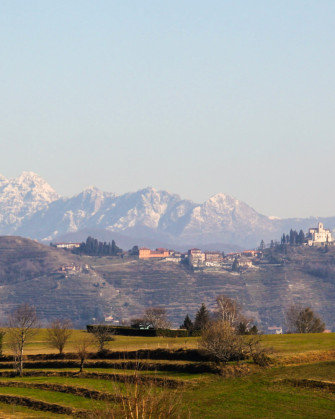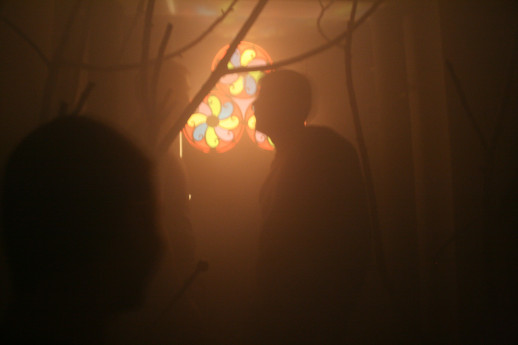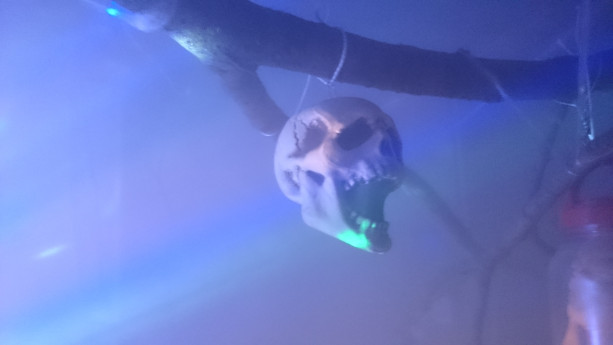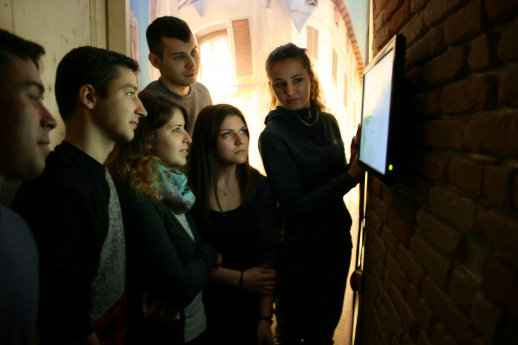- Art & Culture
Cesano Maderno
Palazzo Arese Borromeo and its gardens, plus historical residences and old churches. In Cesano Maderno history is relived.
The fortunes of Cesano Maderno are inextricably linked to those of the Arese family, who built the beautiful Palazzo Arese Borromeo in the mid-seventeenth century, surrounded by a large park. But the Palazzo Arese Jacini and the town's historic churches are also well worth a visit. Here are our suggestions.
Palazzo Arese Borromeo
Sumptuous stately palazzo, one of the most beautiful in Lombardy, built about halfway through the seventeenth century at the behest of Count Bartolomeo Arese. It is located in the heart of the historical centre. The main courtyard is overlooked by a delicate overhead loggia, in Genoese style, with slender columns. The discreet façade conceals beautiful frescoes in the interior rooms, painted by masters of Milanese classicism including Giovanni Ghisolfi, Giovanni Stefano Doneda known as the Montalto, Ercole Procaccini the Younger, and Giuseppe Nuvolone. A delightful Italian-style park behind the palazzo has symmetrical long avenues, statues and fountains to enjoy.
Via Borromeo, 41
Find out more
Palazzo Arese Jacini
Today home to the town hall, it was originally a seventeenth-century mansion, then restructured in the eighteenth century in neoclassical style. The facade, with its two octagonal turrets, is characterized by beautiful wrought-iron balconies and windows framed by stone cornices, overlooking the square in front of the building. The columned portico contains a sculpture depicting Amalthea the Goat with two putties. The rooms inside the palazzo have fine timber ceilings. Don’t miss the collection of 17th and 18th-century artworks.
Piazza Arese, 12
Find out more
Oratory of the Beata Vergine del Transito
One of the most important religious buildings in Cesano Maderno, connected to Palazzo Arese Jacini by an archway. This small church, laid out lengthways with a single nave, stands in the centre of Piazza Arese, in the historical centre. The gem to discover? A 1642 altarpiece created by Gerolamo Chignoli on the high altar. It is called “Transito della Vergine” (Death of the Virgin Mary) and gave the church its name.
Piazza Arese
Find out more
La Palazzina
The oldest house in Cesano Maderno, considered a real symbol of the town. It dates back to the 15th century and is made from a mixture of brick and stone. The building features an arrangement of rectangular windows and a scarp wall, with decorative corbels at the side of the entrance. It is owned by the town council and is located right in front of the southern entrance of the Gardens of Palazzo Arese Borromeo.
Via Giuseppe Garibaldi
Find out more
The Torrazzo
A 13th-century tower and all that remains of a vast fortified system that ran alongside the Seveso River in the heart of the city. A little over 15 metres high, broken down into 4 levels, this tower has a rectangular cuboid shape with a square base of about 6 metres. Apparently, the lower part of the tower dates back to the 10th century, while the upper part seems to have been rebuilt later.
Via Borromeo, 54
Find out more
Old Church of Santo Stefano
Once frescoed by Tagliaferro in the nineteenth century, decorations of Montalto's workshop, dating back to the seventeenth century, in the apse and in the sacristies and side chapels. This is the old parish church of Cesano Maderno, commissioned by Bartolomeo Arese and deconsecrated during the Fascist period. It was recently converted into a multipurpose facility with auditorium and exhibition spaces. The belltower is particularly interesting, its base with hanging arches is made from ceppo (a kind of sedimentary rock) and travertine.
Piazza Arrigoni
Find out more
New Church of Santo Stefano
The red bricks are the eye-catching feature of the new parish church which, built in 1937 in neo-Gothic style, stands on the other side of Piazza Arrigoni, facing the old church. The altars inside previously belonged to the old Church. The altar to the right stands out for its multicoloured marble and contains an image of the patron saint, St. Stephen. The left altar also features multicoloured marble and contains a copy of the altarpiece with the Holy Family and St. Anne.
Piazza Arrigoni
Find out more
Sanctuary of Santa Maria delle Grazie
On the Bovisio Masciago border is a small church also known as “Madonna della Frasca” standing on a site that was left fallow in its early days. Its origins date back to the 3rd century but it was restructured in the 18th century, probably commissioned by the Arese Borromeo family. Don’t miss the fine works of art inside, including an image of the Virgin with Child on the high altar, or the 17th-century representations of San Carlo Borromeo and St. Francis of Assisi.
Viale Santa Maria, 42
Find out more
LIPU oasis in Cesano Maderno
The Cesano Maderno district is part of the large Groane Park (link to article), a green beltway that runs from Milan across the entire Monza area of Brianza to Como. The Lipu Oasis in Cesano Maderno covers about 100 hectares of woods, moors and wetlands, and is one of the most important natural areas run by the Italian bird protection assiociation, LIPU. The Oasis has more than 4 km of pathways for hiking or bike-riding and lots of environmental education activities are organised there for young and old alike.
Via Don Luigi Orione, 43
Find out more
-
